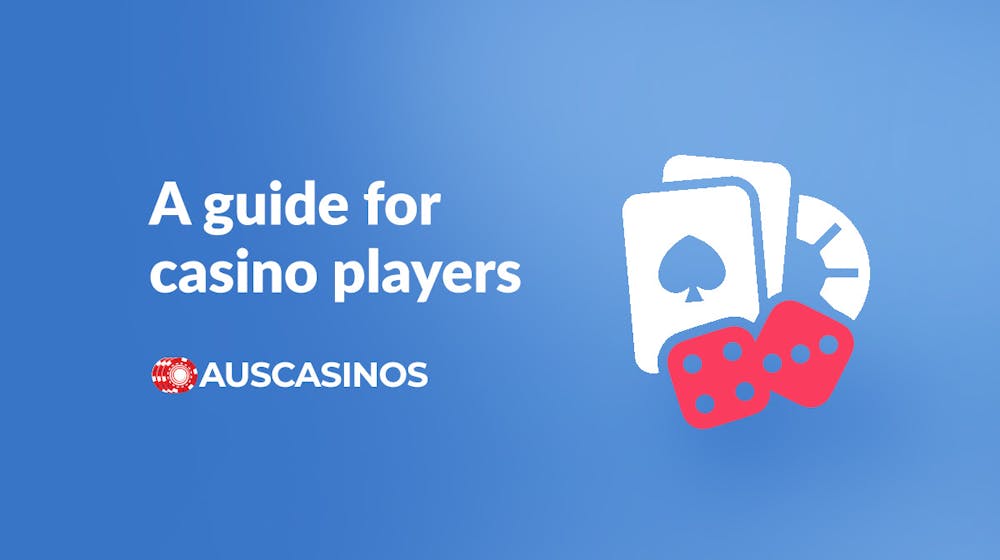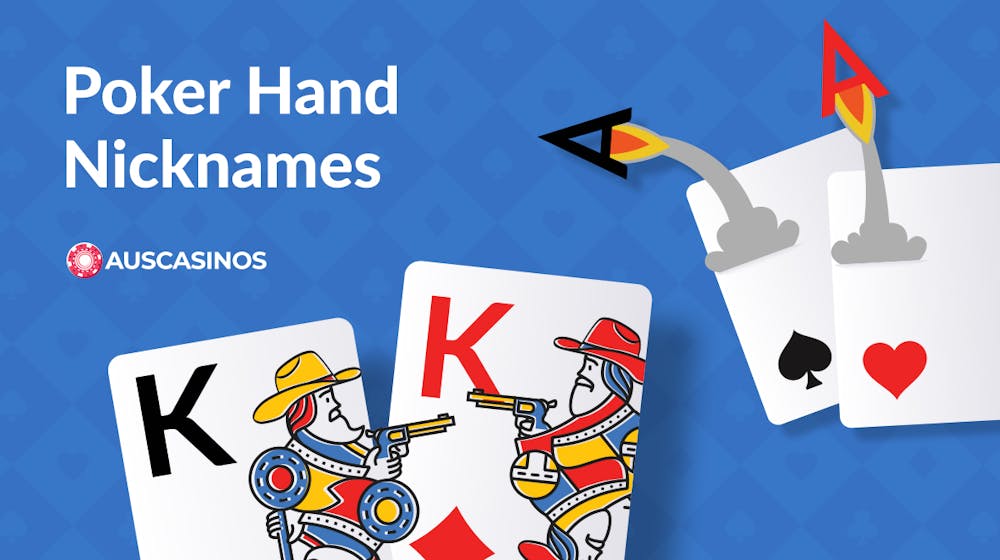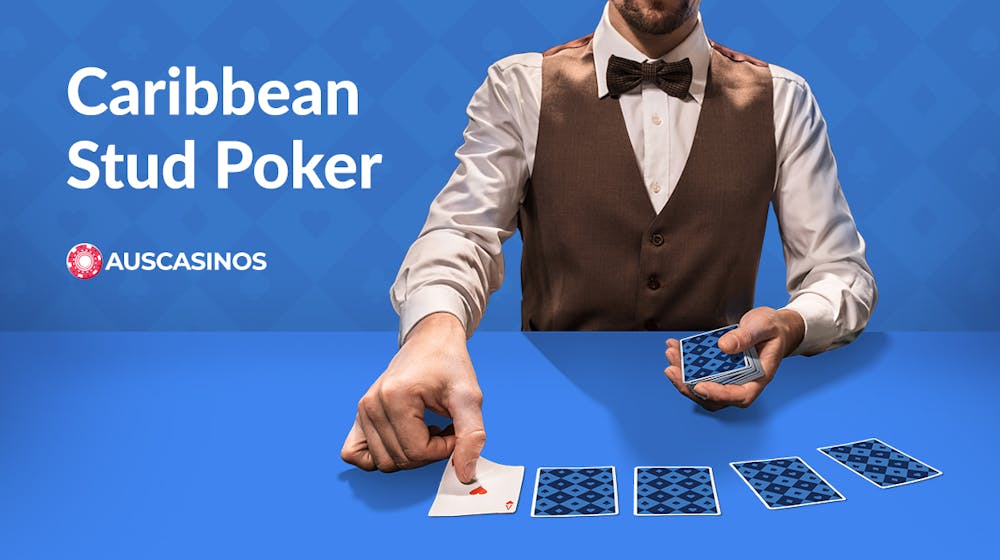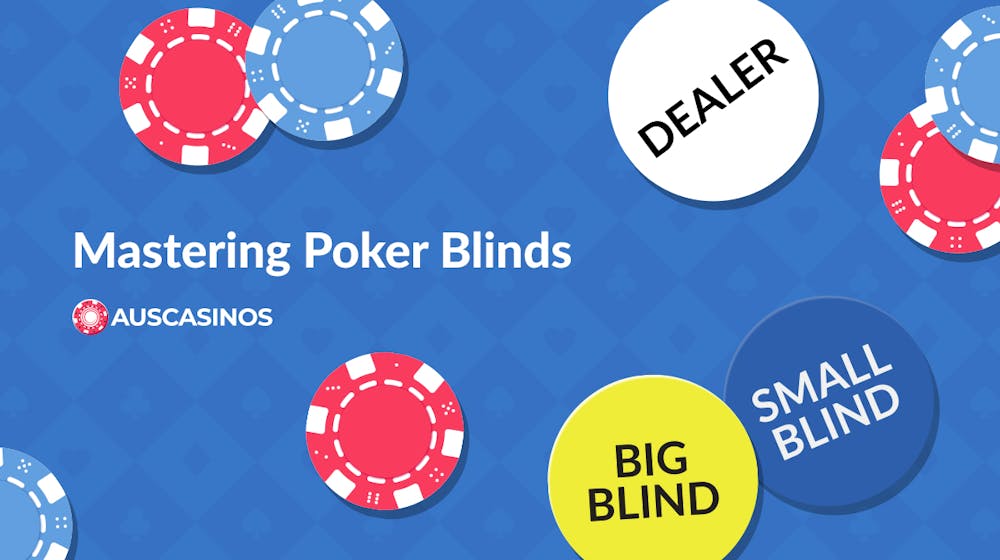Mastering Poker Tells: Guide to Reading Players Live and Online

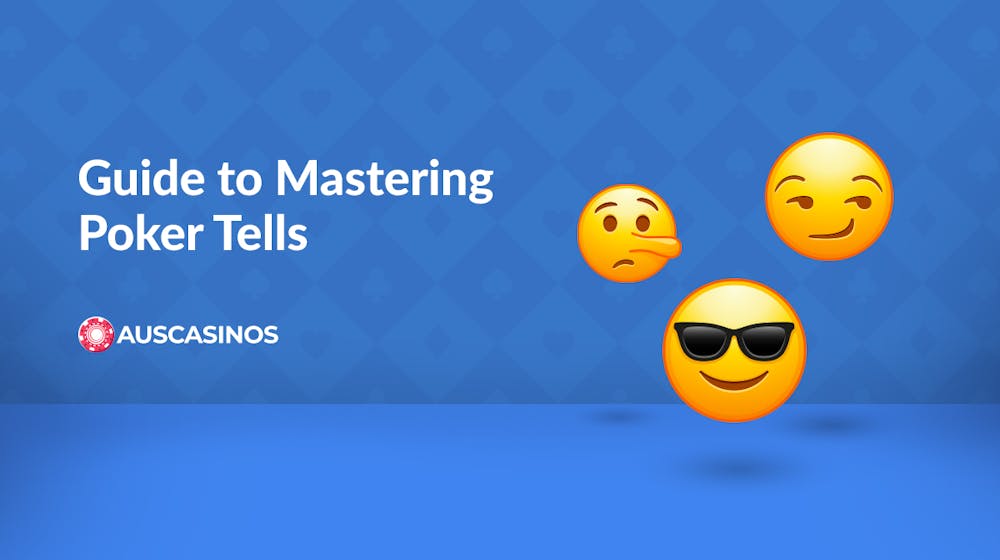
Poker tells are those small habits, behaviours, and actions that can reveal what your opponents are really holding—even behind the best “poker face.” Learning to spot these tells can give you a crucial edge, helping you make better reads and smarter plays.
This guide breaks down the most important tells to watch for at the live tables and online poker—covering everything from subtle physical cues to digital patterns in any type of poker.
Poker Tells at a Glance
| Tell | Live Poker | Online Poker | Notes |
| Betting Patterns | ✅ | ✅ | Common in both; look for sudden changes in aggression or bet sizes. |
| Timing Tells | ✅ | ✅ | Delays in action can reveal uncertainty or strength online and live. |
| Bet Sizing | ✅ | ✅ | Sudden large or small bets can indicate bluffing or value hands. |
| Verbal Cues | ✅ | ❌ | Only relevant in live poker, as it involves players' speech and mannerisms. |
| Physical Nervousness (e.g., shaking hands) | ✅ | ❌ | Visible only in live games, revealing excitement or nerves. |
| Eye Contact and Focus | ✅ | ❌ | Live players might look at chips or avoid eye contact to hide their hand strength. |
| Multi-Tabling Signs | ❌ | ✅ | Online-only tell; rapid actions across tables can reveal standard play or distractions. |
| Chat Box Behavior | ❌ | ✅ | Online players might use chat to appear casual or distract, especially during bluffs. |
| Disconnects & Time Bank Usage | ❌ | ✅ | Online-specific; players might use time banks strategically when bluffing. |
| Rechecking Cards | ✅ | ❌ | Visible in live play, often indicates uncertainty or checking draws. |
Live Poker Tells

Live poker tells are like hidden clues that can give you an edge at the table—if you know what to look for. Reading tells isn't an exact science, but it’s a powerful tool.
From subtle gestures to betting habits, knowing how to spot these signs can reveal a lot about your opponents' hands.
Here, we’ll dive into 10 of the most insightful tells, helping you sharpen your skills and make better decisions in live play.
1. Quick Bets vs. Thoughtful Bets:
- A player who suddenly bets quickly might want to seem confident. For instance, if a usually slow and deliberate player suddenly shoves all-in, they might be bluffing. Conversely, a long pause before a big bet can mean they have a strong hand and are considering how to maximise value.
2. Aggressive Stacking or Splashing:
- Watch for a player who slams chips into the pot—they might be overcompensating for a weak hand. Example: In a cash game, a player tossing chips loudly might want to intimidate you into folding. Compare this to someone who carefully counts their chips; they often have a strong hand and are thinking about precise value.
3. Shaking Hands:
- This tell is common with strong hands when a player is excited about their cards. For example, in a high-stakes tournament, a player’s hand may shake slightly when they move their chips forward with a full house. It’s often involuntary and comes from the thrill of having a great hand.
4. Sudden Focus on Chips:
- Players glancing at their chips after seeing a favourable flop might be planning a bet. For instance, a player who hits a set on the flop might instinctively look at their stack as they consider how much to bet next.
5. Immediate Calls:
- A quick call might indicate a drawing hand. For example, a player quickly calling on a flush draw-heavy board might just be hoping to complete their draw without committing further chips to the pot until they see the next card.
6. Excessive Talking:
- A chatty player might be trying to mask their discomfort. For instance, a player constantly cracking jokes during a big hand could be bluffing—they’re attempting to distract you from their nervousness. However, an experienced player might use talking as a reverse tell to confuse opponents.
7. Covering Mouth/Leaning Back (Defensive Postures):
- A player who suddenly leans back in their chair may be trying to distance themselves from the tension of the game. For example, if they lean back after a big river bet, it might suggest they don’t like their hand but are trying to appear indifferent.
8. Fake Sighs or Shrugs:
- A player sighing loudly and saying, “I guess I’ll call,” might be trying to misrepresent their strength. Example: In a heads-up situation, a player who shrugs before calling a big river bet might actually have a very strong hand but wants you to believe they’re reluctantly calling with a marginal hand.
9. Double-checking the Board:
- Players who re-check their cards after the flop might be on a draw, like checking if they have the flush or straight draw. For instance, a player re-checking their hand on a three-heart board may be seeing if they have a heart to complete a flush.
10. Inconsistent Behavior
- A tight player suddenly raising pre-flop might be holding pocket aces or kings. Example: In a game where a player usually just calls pre-flop but suddenly comes over the top with a large raise, they likely have a premium hand like a big pair or AK suited.
Online Poker Tells

Many think being able to read these physical signs and a player's "poker face" is what separates winners from the rest in Poker.
Online casinos lack the physical tells.
So what happens when you take those out of the equation? Although these physical tells are not in play during online games, skilled online players know that betting patterns, timing, and ranges can be just as telling.
Here are some key online tells to watch for:
1. Bet Timing
- Instant Bets: These can signal automated decisions, often indicating a weak hand or a draw.
- Delays Before Betting: A significant pause might suggest a player is considering a bluff or unsure about the strength of their hand.
2. Bet Sizing Patterns
- Small Bets: Players using small bets repeatedly might be blocking with a weak hand.
- Overbets: Sudden large bets can either mean a very strong hand or a player trying to intimidate others into folding.
3. Use of the Chat Box
- Excessive Chat: A player using the chat box might be trying to appear relaxed or distract others while bluffing.
- Silent Players: Consistently silent players often focus on poker strategy, though a sudden outburst might indicate nervousness.
4. Frequency of Action
- Hyper-Aggressive Play: A player constantly raising might be bullying the table or using an aggressive bluffing style.
- Sudden Passivity: A player who usually plays aggressively but suddenly checks or calls may have a strong hand they want to keep in the pot.
5. Patterns in Continuation Betting (C-Betting)
- Always C-Betting: When a player bets after raising pre-flop consistently, they might be making standard plays rather than reflecting hand strength.
- No C-Bet on a Wet Board: If a player skips the C-bet on a draw-heavy board, they might be worried their hand isn't strong enough to continue.
6. Timing of Disconnects and Time Banks
- Using Time Bank with Strong Hands: A player who takes extra time before making a big call might be trying to appear indecisive, disguising a strong hand.
- Frequent Disconnects: Some players may feign connection issues during a bluff to seem distracted or non-committal.
7. Action Posture in Multi-Tabling
- Quick Decisions at Multiple Tables: If a player is active in several games, their speed in decision-making might indicate they are playing standard ranges without focusing too much on each hand.
8. Re-Buy Patterns in Tournaments
- Early All-Ins: Players going all-in frequently early in poker tournaments might be looking to double up or re-buy, indicating a high-risk approach.
- Cautious Re-Buy Behavior: Players who avoid risky plays after re-buying are often trying to preserve their stack and might be more predictable.
9. Check-Raise Frequency
- Frequent Check-Raises: This can indicate a bluff-heavy style, as they’re trying to push opponents off their hands.
- Rare Check-Raise: When a usually passive player check-raises, it’s more likely they have a very strong hand.
10. Betting on the River
- Overbet Bluffing: Some players use large overbets on the river to create pressure when they missed a draw.
- Small River Bets: Small bets on the river often indicate a player trying to extract value from a medium-strength hand.
7 Tips on How to Avoid Giving Away Poker Tells
While reading opponents' tells is a valuable skill, it's just as important to avoid giving away any tells yourself. Even the smallest habits can tip off experienced players to the strength of your hand, especially in live games. Here’s how to keep your “poker face” in check, both live and online:
1. Maintain Consistent Bet Timing
- In Live and Online Play: Try to take a similar amount of time for each decision, whether you're making a big raise or a simple check. This helps avoid revealing nervousness or excitement about your hand.
- Tip: Count to three before making any action. This can help you establish a natural rhythm and prevent snap decisions that might give away information.
2. Control Your Body Language
- In Live Poker: Practice keeping a relaxed posture and neutral facial expressions, even when you're holding a strong hand or bluffing. Avoid fidgeting, crossing arms, or adjusting your posture during critical moments.
- Tip: Mirror the behaviours of professional players by watching poker streams or videos to learn how they maintain composure during high-stakes situations.
3. Avoid Eye Contact
- In Live Poker: Staring down an opponent or looking away quickly can both give clues. Instead, find a focal point—like the table or your chips—and keep your gaze there during important moments.
- Tip: Wear sunglasses if allowed, or practice a steady gaze that feels comfortable for you without locking onto opponents.
4. Keep Bet Sizes Balanced
- In Live and Online Play: Betting too big when you have a strong hand or too small when you're bluffing can be a dead giveaway. Instead, aim to make your bet sizes consistent with how you play a variety of hands.
- Tip: Practice “range-based betting” by using similar bet sizes for hands in the same category (e.g., strong hands, bluffs, draws).
5. Limit Chat Box Use
- In Online Poker: Chatting too much can give away your mindset, especially if you’re feeling frustrated or overconfident. Staying silent or keeping your messages neutral helps avoid any slips.
- Tip: Use the chat box only for light banter, if at all, and avoid discussing your thoughts on the game.
6. Practice Breathing Control
- In Live Poker: Rapid or irregular breathing can betray nervousness or excitement. Focus on slow, steady breaths, especially when involved in a big hand.
- Tip: Before playing, practice deep breathing exercises to help you stay calm under pressure. This will help you maintain a steady demeanour at the table.
7. Stay Consistent with Your Routine
- In Live and Online Play: Consistency is key. Don’t change your routine based on the strength of your hand. For example, don’t suddenly start shuffling your chips or stop when you have a strong hand.
- Tip: Develop habits that you use throughout every game, like a way to handle your chips or a standard time to take before checking.
Conclusion
Mastering poker tells can be the key to gaining an edge over your opponents, whether you're facing them across a table or from behind a screen. By understanding both physical cues in live play and digital patterns, you can make smarter reads and better decisions.
Remember, tells aren’t foolproof, but when combined with observation and experience, they can become a powerful tool in your poker arsenal.
Keep practising, stay sharp, and let your reads lead you to victory.

Emily is our seasoned content writer. She writes easy to read and helpful game guides, so you can quickly understand the rules of each game and get some useful tips that can help boost your chances of winning.
Read more about the author